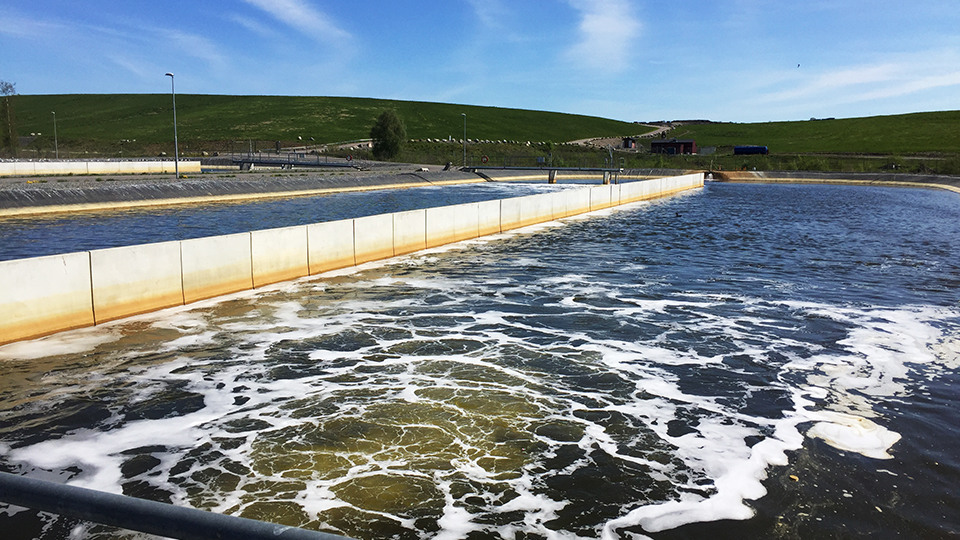
PFAS-contaminated water can be purified – but this can be costly
An IVL project has tested various techniques for purifying PFAS-contaminated leachate from waste facilities. The efficiency of the various methods has been evaluated through practical experiment and the costs estimated. Our conclusion is that purification is expensive but can be justified from a socio-economic perspective if the goal is to reduce PFOS or the most toxic PFAS substances.
Perfluorinated substances, PFAS, are a group of water and dirt repellent chemicals that can be found in a variety of everyday products. Leachate and process water from virtually all waste facilities in Sweden contain elevated levels of PFAS.
– Discharges of PFAS in leachate are a major point source and many waste facilities are required to evaluate supplementary PFAS treatment or to install treatment equipment if they are to continue disposing of leachate in municipal WWTP’s, says Andriy Malovanyy, project manager at IVL Swedish Environmental Research Institute.
In the current project, tests have been carried out on leachate from four waste facilities, with varying levels of PFAS substances. Findings show that foam fractionation, purification with granulated activated carbon and ion exchangers are the most promising techniques in this regard.
A general conclusion is that PFASs with a shorter carbon chain are less well separated than those with a longer chain, but the efficiency can be controlled by the frequency of carbon or ion exchange.
A major focus in the study has been to show how treatment costs are a function of the levels of PFAS removal required.
– Although our knowledge about the toxicity of various PFAS is limited, we now know that PFAS with a shorter carbon chain, i.e., those more difficult to excrete, accumulate considerably less in the human body than longer PFASs do, which should also make them less toxic. It may therefore be better from a socio-economic perspective to limit purification to reducing the most toxic and environmentally hazardous PFAS, says Andriy Malovanyy.
Purification based on today’s requirements
If purification processes are designed on the basis of current requirements, which for most wastewater treatment plants means reducing the content of the more well-known, now banned PFOS, costs will be lowest when ion exchangers are used.
If the goal is to reduce PFOS content by 90 per cent, treatment costs for a normal-sized WWTP are estimated to be around of SEK 500,000 - 600,000 per year. If the goal is instead to reduce the most toxic PFAS by 90 per cent, and to include some PFAS with a short carbon chain, the cost increases to approximately SEK 900,000 per year.
The project has also compared purification costs and the cost to society that discharges of PFAS give rise to, with what it would cost to reduce discharges by phasing out PFAS in different products.
– Seen in a larger perspective, it is more cost-effective to phase out PFAS from products across society from the beginning, instead of continuing their use and then paying large sums to be rid of them. But since PFAS are already ubiquitous in waste and leachate and this will remain the case for a long time to come, we are compelled to find some way of dealing with them. This study indicates that purification of leachate is justified from a socio-economic perspective, if the goal is to reduce PFOS or the most toxic PFAS, says Andriy Malovanyy.
Download the report: Purification of PFAS-contaminated water from waste facilities Pdf, 5.3 MB, opens in new window.
Pdf, 5.3 MB, opens in new window.
For more information, please contact:
Andriy Malovanyy, andriy.malovanyy@ivl.se, +46 (0)10-788 68 74
The project has been financed by Avfall Sverige, four Swedish waste facilities and is co-financed through the IVL Foundation.
